
Reliable and high-quality prints, every time, in an affordable and simple to use package. Resin printers really don't get any better at this price point.
The hobby market has been waiting decades for affordable high-quality 3D printers, and just like a bus, seven come along at once. The catchily named LD-002R is the latest from 3D printing experts, Creality. At under $300, it’s one of the cheapest resin printers we’ve seen yet, but it doesn’t compromise on build or print quality. In a word, it’s amazing.
LD-002R Specifications
Featuring an all-metal design with removable translucent orange UV filter cover made of thick acrylic, the LD-002R measures 8.7 x 8.7 x 16.9 inches (221 x 221 x 430mm) and weighs 15.4 pounds (7kg). The total print volume is 4.69 inches (119mm) wide x 2.56 inches (65mm) deep x 6.3 inches (160mm) height. It’s capable of printing at a layer height of 10 to 50 microns, with a 2560x1440px resolution screen, and prints at about 20-30mm per hour. Ball linear rails ensure a smooth Z-axis for stunning prints every time.

For those who work with more pungent resins, the device also features a charcoal air filter system, which should reduce the smell. Many of the more commonly used resins don’t have a noxious odor, it should be noted.
Two screws secure the resin tank on top of the UV screen. They’re easy to remove when you need to empty and clean the vat.

Also in the package, you’ll find a nice little bag of extras, including
- A small metal spatula
- Plastic spatula
- Some resin filters
- A paintbrush (I have no idea what that’s for)
- 2 pairs of latex gloves
- USB drive
- Spare FEP film
This isn’t a complete starter pack though. At the very least you’ll also need some plastic boxes to wash things in and some isopropyl alcohol. And of course, you’ll need some resin, which typically costs around $40 per liter.
The USB drive contains a sliced and ready to print the Eiffel Tower model, as well as a copy of the Chitubox software to get you started. However, you’re better off ignoring that and just downloading the more recent version of Chitubox which includes a built-in profile for the LD-002R. The inclusion of spare FEP film is appreciated, and this should be replaced if the supplied film becomes cloudy and your print quality starts to degrade.

The power socket is on the rear, with the USB drive located towards the front of the left side. On the front, you’ll find a 3.5-inch touchscreen, through which you can choose the file to print and perform other maintenance if needed. There is no networking or other connectivity, so any prints must be loaded via USB.
Setting Up The Creality LD-002R
Setup couldn’t be simpler, because aside from unboxing the printer and plugging it in, there isn’t any setup. The printer is well packed and pre-leveled at the factory.
The included power cable is a standard IEC mains cable, same as your PC, so it’s easy to find a replacement if the wrong plug is supplied. Any power conversion is done inside of the machine, avoiding the need for bulky external power bricks that are awkward and easy to misplace.

To get started simply plug in the power and the included USB drive. Then turn it on, press the print button, and locate the sample file. The file navigation shows a preview of the file, so you shouldn’t have a problem locating the correct file.
I did run into some teething problems in testing, with repeated USB read error warnings midway through. I moved the machine and reformatted the drive, and haven’t seen the errors reoccur.
Chitubox
The Creality LD-002R is based on the Chitu firmware, like most recent resin printers, so you’ll need the Chitubox software to slice your models. Download the latest one and you’ll find a profile for the Creality LD-002R is built into the software, requiring no additional configuration on your end. Just drag in your models, orient, then generate supports.

I only used auto-supports, but the best results you’ll need to learn how to identify “islands” that may result in failed prints.
Sample Prints from the Creality LD-002R
Most of the models you see in the gallery below were from the January and February Cast’n’Play Patreon releases. All used auto-supports at medium thickness and 10-50% density. None of the prints failed, though I did break some fingers off while removing supports. I haven’t had time to paint anything, but since the resin I was using tends to not photograph well, I did try to apply a quick wash to bring out the details a little. There may also be some bits of support I didn’t catch, but hopefully, these give a good idea of the quality you’ll get from the printer.
Should You Buy the Creality LD-002R?
I’m blown away by every aspect of the Creality LD-002R, and it’s hard to find any faults. The build quality is fantastic, with smooth bearings and a metal body. At 20-30mm per hour, it’s fast enough to print out a plate full of miniatures in a couple of hours. More than anything, it offers reliable printing at a fantastic price point.
Yes, you can find cheaper printers, but those will invariably be made of plastic and prone to warping, with more of your time spent diagnosing issues than actually printing.

I don’t think we’ll see quality resin printers getting any cheaper, so if you’ve been holding out for the technology to mature and the price to come down, now is a good time to buy. I can recommend the Creality LD-002R without reservation.
However, if you’re a complete beginner to 3D printing, you ought to know that there’s a lot of clean up involved, and resin is a nasty raw material to work with. As well as appropriate safety precautions (gloves and goggles), you’ll need to clean everything with flammable 99% IPA. Removing supports is also a lot more work than FDM printing. But ultimately, the quality you can get from resin printing is unrivaled.
Enter the Competition!
Creality LD-002R Resin Printer GiveawayRead the full article: Creality LD-002R: Best Resin Printer Yet?
from MakeUseOf https://ift.tt/3bTLJz4
via IFTTT
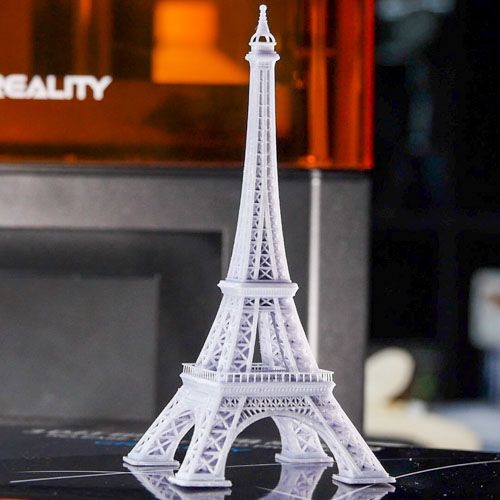
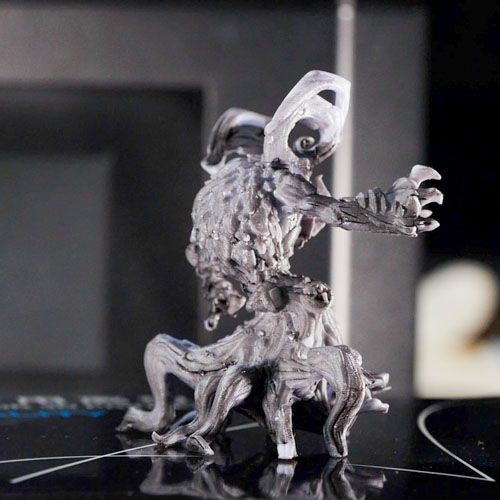
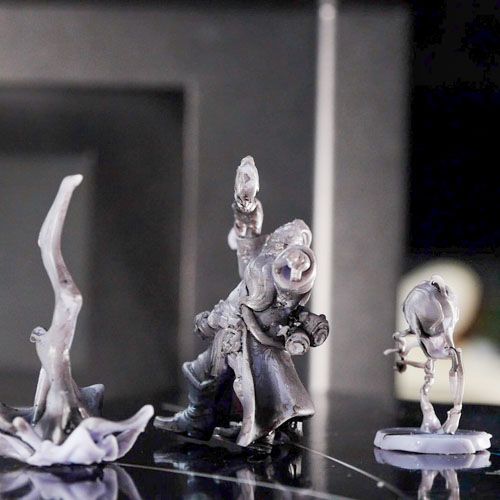
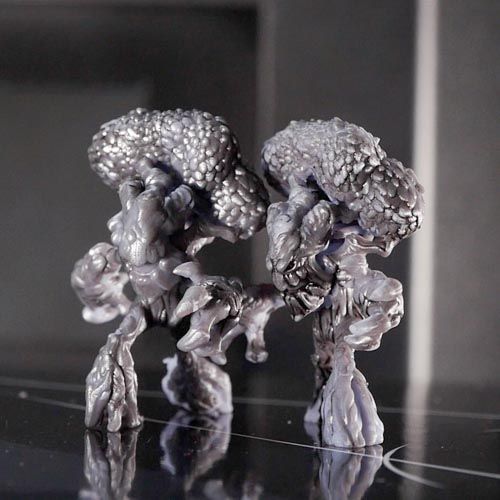

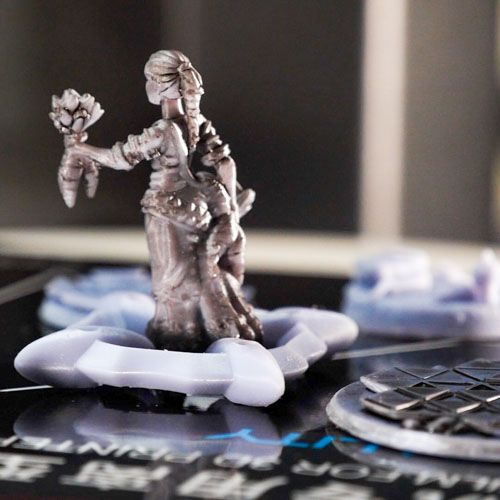
No comments:
Post a Comment